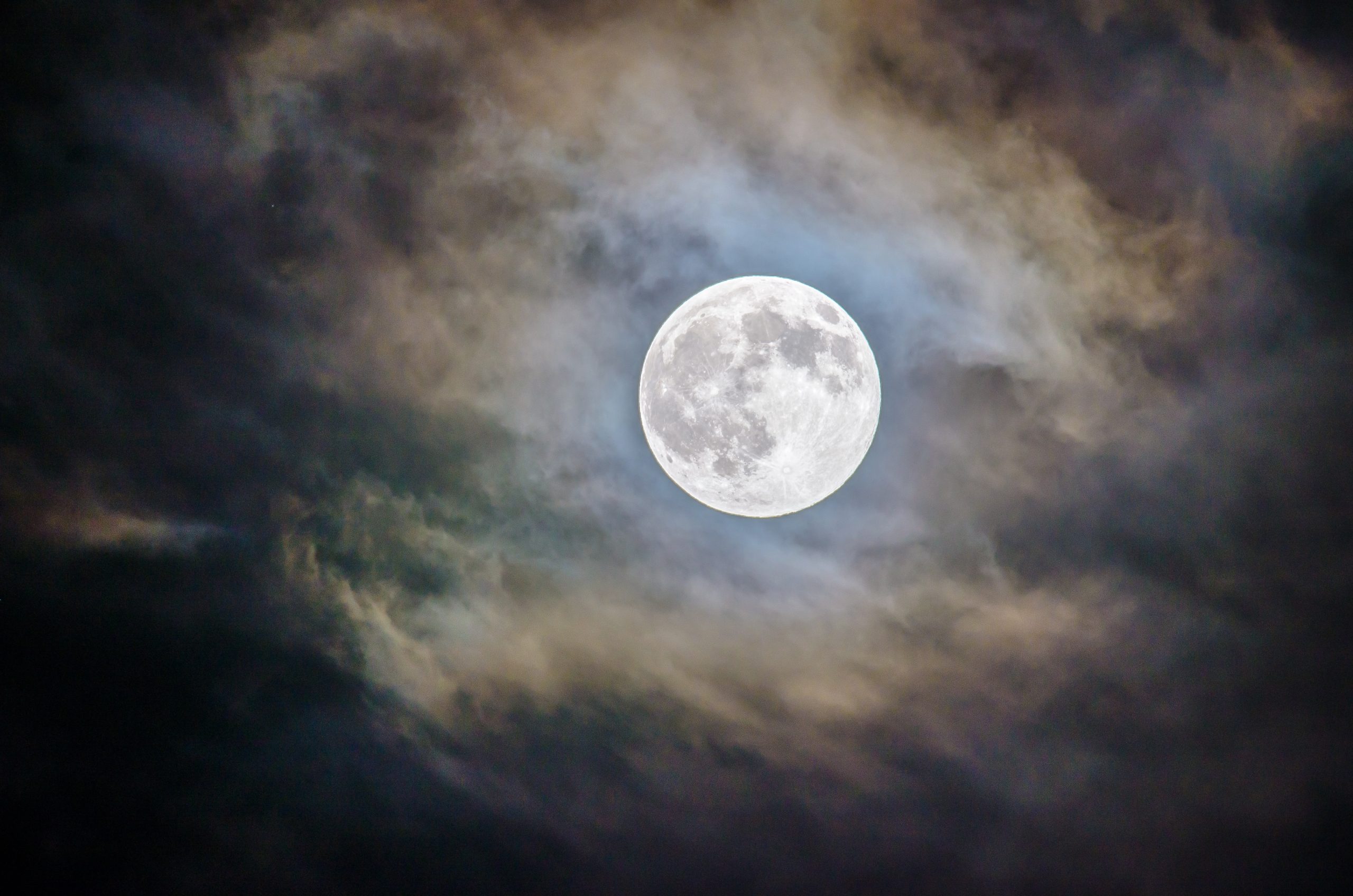What Does it Mean to Wax and Wane?
Have you ever heard the phrases “waxing and waning” and wondered what they meant? These expressions are often used to describe the changing phases of the moon, but they can also be applied to various aspects of life. In this blog post, we will explore the origins and meanings of these terms and delve into their significance in different contexts. Get ready for an enlightening journey!
The Lunar Connection
Before we dive into the broader meanings of waxing and waning, let’s start with their lunar origins. The waxing and waning of the moon refers to its recurring cycle of increasing and decreasing illumination in the night sky.
During the waxing phase, the moon appears to grow larger and brighter each night. This occurs as the sun’s light reflects off more and more of the moon’s surface that is visible from Earth. The illuminated portion of the moon transitions from a thin crescent to a robust gibbous shape, until finally, we witness a full moon.
After the full moon, the waning phase begins. During this period, the visible illuminated area of the moon slowly diminishes each night. The moon’s shape shifts from a gibbous to a crescent, until it appears as a thin sliver of light or disappears entirely, marking the new moon phase. And then, the cycle begins anew.
Now that we have a clear understanding of the lunar association, let’s explore how these terms have expanded beyond celestial bodies into everyday language.
Waxing in Everyday Life
In general, the term “waxing” refers to the process of growth, increase, or expansion in various contexts. It signifies a period of building up or intensification. Here are a few examples:
- Waxing poetic: When someone is waxing poetic, they are indulging in artistic, evocative, or expressive writing or speech.
- Waxing philosophical: This phrase implies engaging in deep, thoughtful contemplation or discussion about life’s fundamental questions.
- Waxing lyrical: Similar to waxing poetic, this phrase describes someone expressing themselves with enthusiasm, admiration, or appreciation.
These expressions all highlight the idea of growth, enhancement, or reaching a peak. They encapsulate a state of flourishing and intensification in various spheres of human expression and understanding.
Waning in Everyday Life
In contrast to waxing, the term “waning” suggests a decrease, decline, or weakening. It signifies a period of diminishing or fading away. Here are a few examples of how “waning” can be used:
- Waning interest: When someone experiences waning interest, it means that their enthusiasm or curiosity about a particular topic, activity, or relationship is decreasing over time.
- Waning energy: If you feel your energy levels decreasing or diminishing, you might describe it as “waning energy.”
- Waning patience: We have all experienced moments when our patience wears thin. That’s when we can use the phrase “waning patience” to describe our diminishing tolerance.
These examples highlight how the concept of waning can be applied to various aspects of our lives. It denotes a gradual decline, loss, or reduction, and can be used to describe emotional, physical, or mental states.
The Ebb and Flow of Life
Waxing and waning are not simply limited to describing the moon’s phases or individual experiences of growth and decline. These terms can also be used metaphorically to describe the natural rhythm and cycles of life.
Life, just like the moon, is characterized by phases of waxing and waning. We experience periods of growth, vitality, and success, followed by moments of decline, introspection, and renewal.
Think about the changing tides of the ocean. Sometimes the waves crash onto the shore with tremendous force, while at other times, they gently recede. The ebb and flow of the tide mirror the ebb and flow of life.
Understanding and embracing these cycles can help us navigate our personal and professional journeys more effectively. It reminds us to appreciate the moments of growth and abundance while also accepting and learning from the periods of contraction and introspection.
In Conclusion
Waxing and waning originally referred to the cyclic phases of the moon—its journey from new moon to full moon and back. However, these terms have expanded to describe a plethora of experiences and phenomena. Waxing signifies growth, intensification, and reaching a peak, while waning denotes decline, loss, and reduction. Both waxing and waning are integral to the natural rhythm of life, teaching us that success and stagnation, growth and decline, are all part of a larger, interconnected cycle. Embracing these cycles can lead to greater understanding, acceptance, and resilience on our journey through life.
Table of Contents
